Big cats, ranging from lions to leopards and tigers, are apex predators known not only for their formidable hunting skills but also for their territorial behavior. Understanding how these majestic animals defend their territory against rivals helps illuminate their social structures and survival mechanisms. This article delves into the various strategies big cats employ to protect their domains.
Importance of Territory for Big Cats
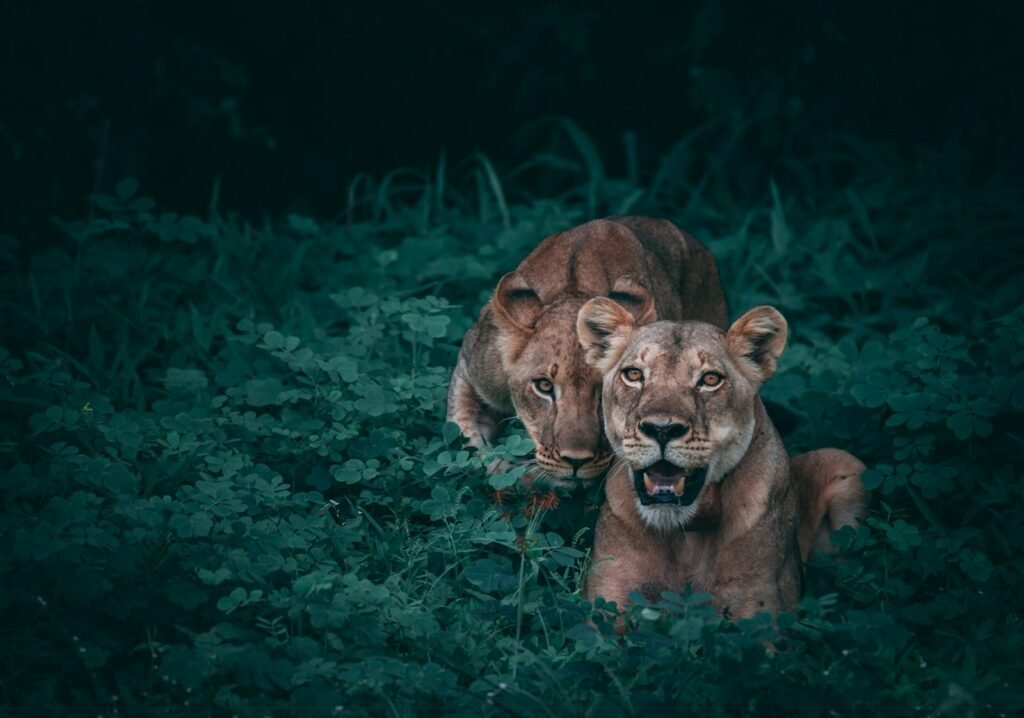
Territory plays a crucial role in the survival and success of big cats. A well-defined territory provides access to food resources, mating opportunities, and safe areas for rearing young. By establishing and defending their territories, big cats ensure that they can sustain themselves and their future generations.
Communication Through Scent Marking

Scent marking is one of the primary methods big cats use to delineate and defend their territories. Many big cats, like tigers and leopards, use urine, feces, and secretions from scent glands to mark boundaries. These scent marks communicate ownership and serve as a warning to potential intruders.
Vocalization as a Territory Defense Mechanism

Vocalizations are another effective strategy for territorial defense. Lions, for instance, are known for their powerful roars that can be heard over long distances. These vocal sounds help in deterring rivals and establishing social bonds within a pride. Similarly, other big cats utilize various sounds to communicate and defend their territories.
Visual Signals in Territorial Boundaries
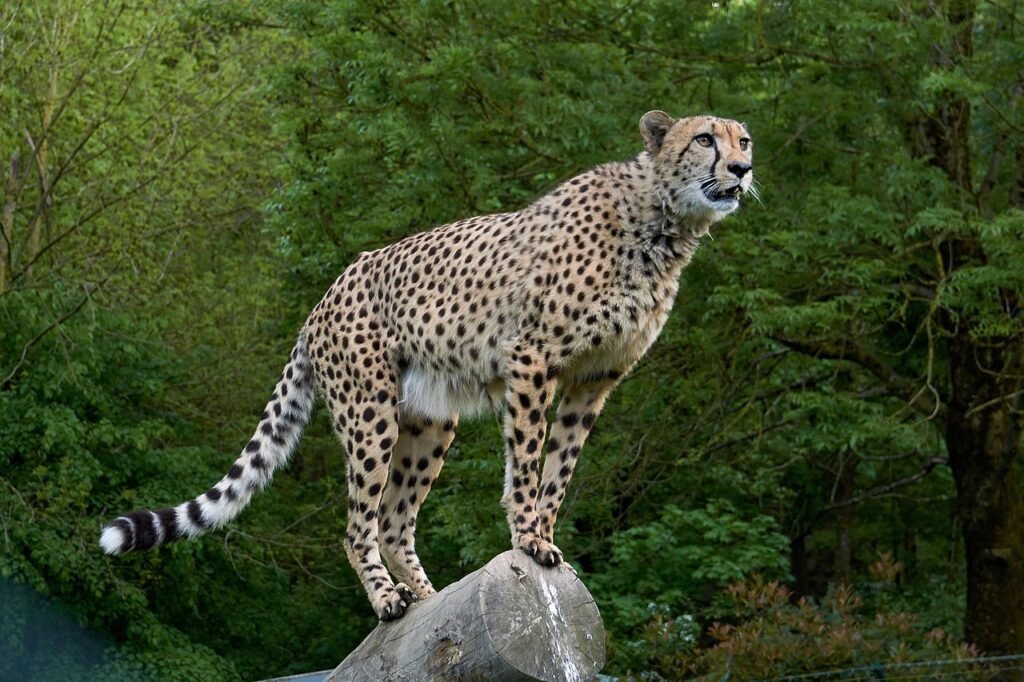
Visual signals often complement scent marking and vocalizations. Scratches on trees or the ground can indicate the presence and identity of a resident big cat. These marks are a clear message to potential intruders about the size and strength of the territory holder.
Patrolling and Monitoring Territories

Patrolling is a regular activity for big cats to maintain their territorial boundaries. By walking along the perimeters of their territories, they reinforce scent marks and check for signs of intrusions. This constant monitoring is crucial for keeping rivals at bay and asserting dominance.
Confrontations with Rivals
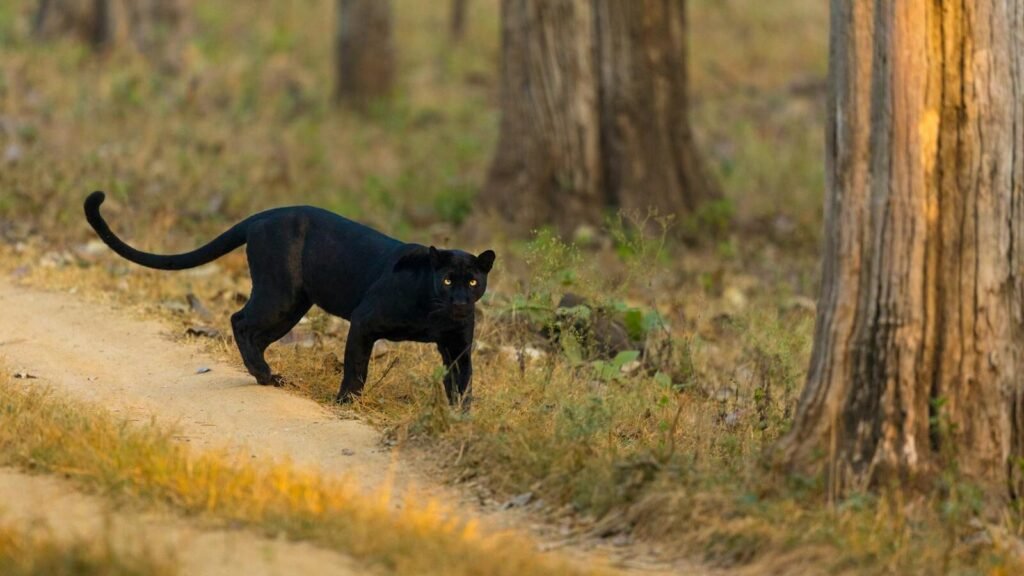
When simple deterrents fail, big cats may find themselves in direct confrontations with rivals. These encounters can be aggressive and involve displays of strength and intimidation. Physical fights, though risky, may occur if a rival doesn’t retreat, further emphasizing the high stakes involved in territorial defense.
Adaptability in Territorial Strategies
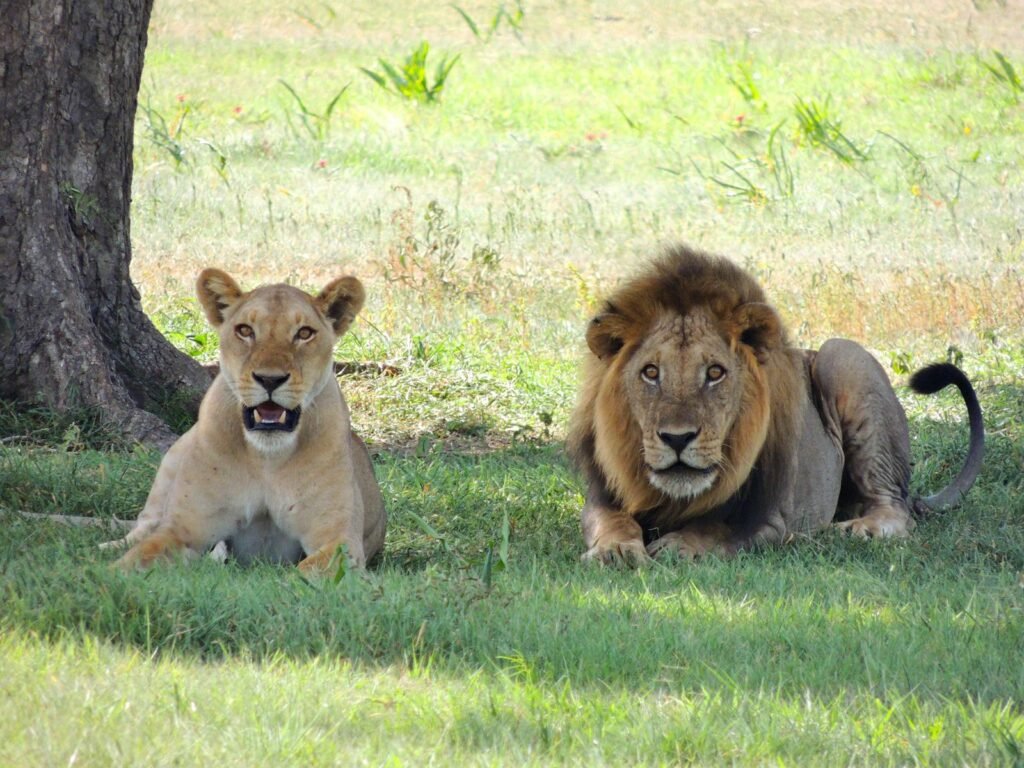
Big cats adapt their territorial strategies based on environmental factors and population densities. For example, in areas with abundant prey, territories might be smaller and more contested, leading to frequent confrontations. Conversely, in regions with scarce resources, big cats may expand their territories to secure sufficient food.
The Role of Social Structures
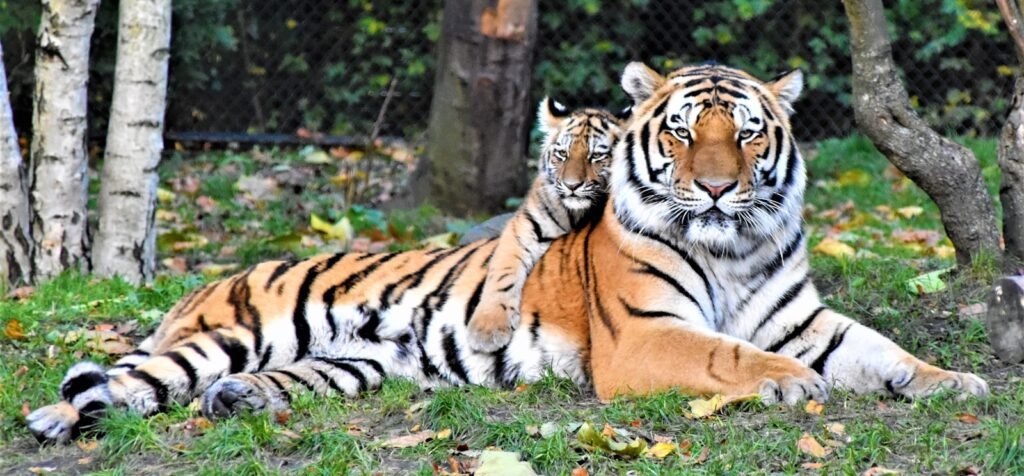
Social structures, such as prides in lions, influence territorial dynamics. Cooperative defense strategies, where multiple individuals work together, are common among social big cat species. This social cohesion not only strengthens territorial claims but also aids in efficiently managing resources within the territory.
Human Impacts on Big Cat Territories

Human activities significantly impact big cat territories. Habitat fragmentation and encroachment reduce available spaces, often leading to increased conflicts between big cats and between cats and humans. Conservation efforts are crucial in mitigating these impacts and ensuring that big cats can maintain their territories sustainably.
Conclusion

As apex predators, big cats play essential roles in maintaining ecological balance. Understanding and supporting their territorial behaviors are vital for their conservation. Efforts to preserve habitats and mitigate human-wildlife conflicts will be critical in ensuring that these magnificent animals continue to thrive in the wild.

Linnea is a born and bred Swede but spends as much time as possible in Cape Town, South Africa. This is mainly due to Cape Town’s extraordinary scenery, wildlife, and atmosphere (in other words, because Cape Town is heaven on earth.) That being said, Sweden’s majestic forests forever hold a special place in her heart. Linnea spends as much time as she can close to the ocean collecting sea shells or in the park admiring puppies.






